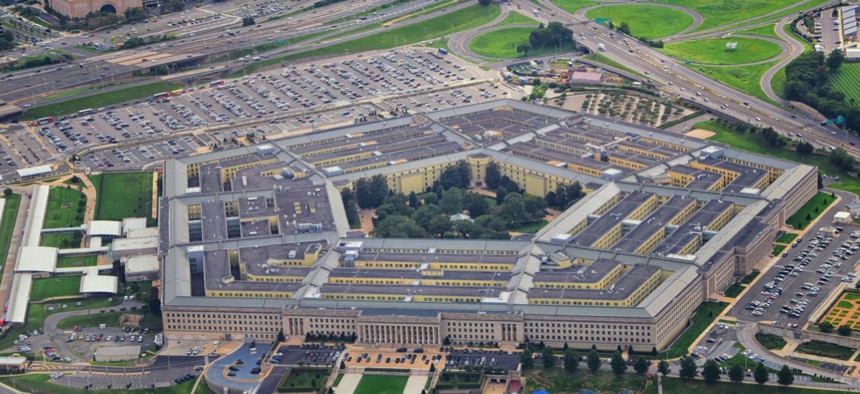National Guard Taps First Chief Data Officer

Jeremy Christensen/istockphoto.com
The bureau is being deliberate about drawing predictive insights from the massive amounts of data it captures.
The United States military reserve forces are getting serious about using data as a strategic asset, National Guard Bureau Chief Gen. Daniel Hokanson said on Wednesday.
“Interestingly, we just hired our first data officer—because what we realized is there's so much data out there that we may not be taking the best advantage of, or utilizing it to help us do our job better,” Hokanson told reporters at a breakfast held by the Defense Writers Group.
He would not confirm the new, top data official’s name at the event, but a press official from the branch later told Nextgov that Martin Akerman—the Air Force’s former Data Strategy Director—became the National Guard Bureau’s first-ever chief data officer in September.
A member of the Joint Chiefs of Staff, Hokanson is tasked with advising the president and other top leaders and ensuring that the more than 453,000 National Guard members are accessible and prepared to serve when called upon. He noted that the military component must advance how it manages and harnesses data, particularly as the conflict landscape becomes increasingly digital.
Akerman will not only improve how the guard transforms its data into actionable insights, Hokanson said, but will “find out those things that we're doing that there's a better way to do it, and also help identify those things that we just don't need to do anymore, because they're no longer relevant.”
“I'm actually really excited to meet and work with [him] on how we manage our data,” Hokanson said.
He also shed some light on how Guard personnel are “trying to use data to help be predictive whenever possible.” In wildfires, for example, he noted that officials work to sift through vast volumes of data and share it with local fire departments to help inform emergency response decision-makers and reduce the number of people needed to respond to such dangerous events.
“One of the things that we do is fire mapping and other things like that, to provide additional data to them so that they can sift through and go, ‘This is where the smoke is, but the actual fire and the hotspots are here,’” he added. “So that's one example that we really leveraged in California and Colorado over the past couple years.”
NEXT STORY: Quick Hits






